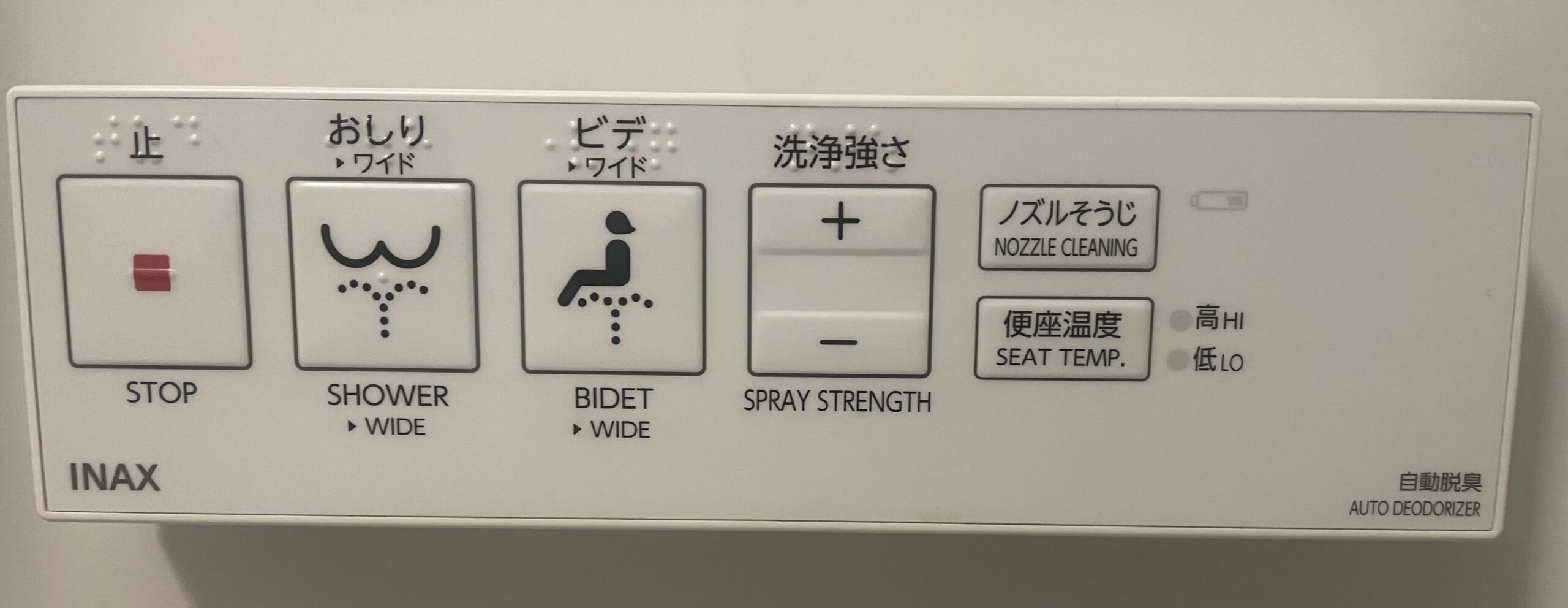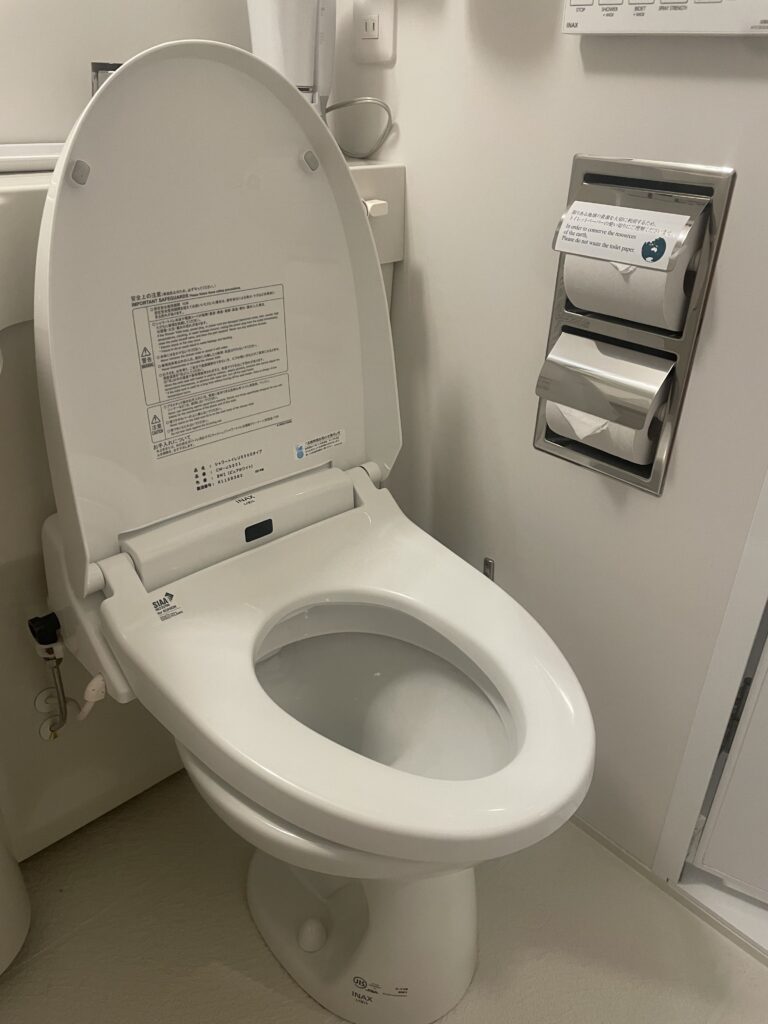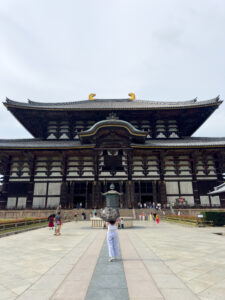
Japan is known for many tech advancements, but one of the most unique and essential is its toilets. Japanese toilets use modern technology with a big focus on cleanliness and comfort, making them an experience that often surprises and delights visitors worldwide.
Japanese toilets come from the country’s history and emphasis on cleanliness. Traditional Japanese toilets, known as “squat toilets,” have been used for centuries and are still found in some older buildings and rural areas. These toilets show a longstanding practice of squatting, which is viewed as more hygienic because of the lack of contact. However, in the 20th century, Japan began changing its toilet technology.
The company Toto introduced the modern Japanese toilet, also known as a washlet, in 1980. The washlet shows how Japan mixes advanced technology with everyday objects. These high-tech toilets have many features to enhance everyone’s comfort and hygiene. Common functions include:
Bidet: Adjustable water spray options for cleaning are more hygienic and environmentally friendly, reducing the need for toilet paper.
Heated Seats: Heated seats are a standard feature in many Japanese toilets. This provides comfort during colder months.
Air Drying: After the bidet function, a warm air dryer can be used to dry the person using the toilet gently, further reducing reliance on paper.
Deodorizing: Built-in air purifiers get rid of odors, which creates a fresh-smelling bathroom environment.
Automatic Lid: Sensors know when a user approaches and leaves, automatically opening and closing the lid to the toilet.
Music and Sound Effects: Some toilets play music or sound effects to mask sounds and provide privacy.
Cultural significance
The Japanese toilet demonstrates Japan’s values and advanced technology. Cleanliness is important in Japanese culture, as evidenced by practices like taking off shoes before entering a home and keeping public spaces tidy. The high-tech features of Japanese toilets match this focus on hygiene, providing a practical and thoughtful experience.
High-tech toilets are also famous in public restrooms, making them more convenient and comfortable for everyone. Public restrooms in Japan, especially in cities and tourist spots, often have these advanced features, keeping a high standard of cleanliness and comfort.
Environmental perks
Japanese toilets also reflect the country’s commitment to helping the overall environment. The bidet feature significantly reduces the use of toilet paper, decreasing deforestation and the overall environmental impact that comes with paper production. Additionally, many toilets are designed to save water through efficient flushing systems that use smaller amounts of water per flush.
Flushing away
Japanese toilets blend tradition with technology, creating a unique and valuable product that improves daily life. From heated seats and bidets to advanced features and eco-friendly benefits, these toilets show Japan’s commitment to hygiene, comfort, and sustainability. As other countries adopt similar technologies, the Japanese toilet stands out as a symbol of the nation’s innovative spirit and cultural values.








